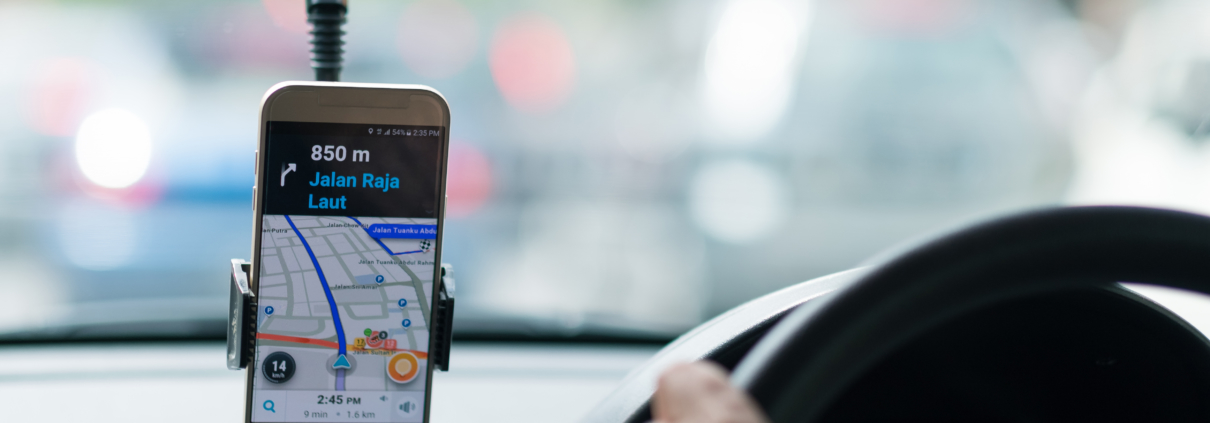Earnings Reports Signal Rebound for Rideshare
(May, 2021)
Rideshare companies are beginning to bounce back from the low points of the pandemic as vaccines are distributed, restrictions are lifted, and travelers begin to feel more comfortable getting back on the road. Despite driver shortages, Lyft and Uber saw significantly better earnings than predicted this past quarter and year over year, suggesting that rideshare apps may see a return to pre-Covid levels sooner than originally expected.
Health and Cleanliness Measures to Encourage More Riders, Drivers
Both Lyft and Uber have put measures in place to ensure the safety of both their riders and drivers. Before riding or driving with Lyft, the app requires you to confirm that you have not experienced any symptoms of Covid-19. Both companies also require both riders and drivers to wear a mask at all times, even if they have been vaccinated.
Lyft riders who have been reported as not wearing a mask will need to send the company a selfie of themselves wearing a mask before they can be accepted for another ride. This required step sends the message of personal responsibility.
Uber has also partnered with Clorox to provide its drivers with cleaning supplies and disinfectant in order to keep rides clean.
Travelers May See Longer Wait Times
Based upon recent earnings report, the number of drivers available have increased 4% quarter over quarter, but are still down by at least 22% from the previous year. In an attempt to counteract the driver shortage caused by the covid-19 pandemic, Uber and Lyft have begun offering incentives and paying out what they say are record wages as they attempt to lure drivers back to the apps. These include a $100 driver bonus after completing just three rides.
The ride share companies confirm longer wait times for their clients based upon reduced driver availability, but anticipate a return to normal wait times within the next 3-4 months. Reported delays include over an hour wait at the Las Vegas McCarren airport, when pre-Covid it was simply about waiting in line for their turn. Other options for travelers include upgrading to an upscale vehicle to possibly reduce wait times.
Forecasts for 2021
Lyft
Lyft showed continued signs of pandemic recovery in its first quarter earnings report. The rideshare company reported a 36 percent year over year drop in revenue but exceeded expectations as this was 7 percent above fourth quarter. Lyft is forecasting to reach profitability by 3rd quarter 2021, and remains steady with a 32 percent of business market share.
Uber
Uber also exceeded expectations for the first quarter of 2021, despite their net loss which is partially explained by the company’s sale of its self-driving unit, ATG, for $1.6 billion. The company is also heavily reliant on its “Eats” segment for food delivery, which has made up a large majority of the company’s earnings since the start of the pandemic. Revenue on the company’s Eats segment alone is up 28 percent, quarter over quarter.
Summary
Overall, rideshare companies continue the struggle to reach pre-pandemic profitability levels. Despite higher rates and longer wait times, travelers are slowly returning to the apps quicker than originally anticipated thanks to the distribution of vaccines, the ease of travel restrictions, and improved health and safety measures by the rideshare companies. This has brought large improvements over Q4 levels for the companies, suggesting the return to original profitability and service levels may come as soon as 3rd quarter of this year.




Leave a Reply
Want to join the discussion?Feel free to contribute!